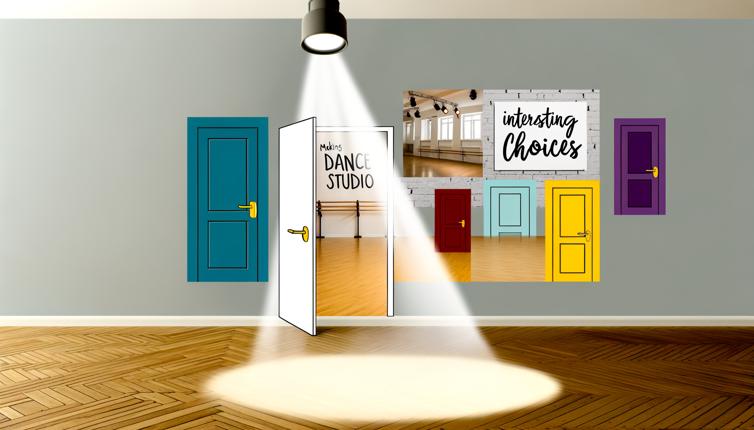Understanding the Dance Style
The first step in choosing the optimal music for your dance performance is to understand the dance style you will be performing. Different dance styles have their own unique music requirements. For example, ballet often requires classical music, while hip-hop may require more contemporary or urban tracks. Take the time to research and familiarize yourself with the music genres and styles commonly associated with your chosen dance form.
Matching the Music to the Choreography
Once you have a clear understanding of the dance style, the next step is to match the music to the choreography. Consider the mood and tempo of the dance routine and select music that complements and enhances the movements. For fast-paced and energetic choreography, you may opt for upbeat and dynamic music. On the other hand, slower and graceful movements may require more melodic and emotive music choices. Pay attention to the timing and structure of the choreography, and select music that aligns with these elements.
Creating Transitions and Segments
A well-structured dance performance often includes transitions and segments that help create a cohesive and engaging experience for the audience. When choosing music, consider how it can be used to create smooth transitions between different sections of your performance. Look for music that has distinct sections or variations in tempo, which can be used to mark the transitions. Additionally, consider adding segments with different music styles or genres to add variety and interest to your performance.
Engaging Your Audience
Music has the power to captivate and engage an audience. When selecting music for your dance performance, think about the impact it will have on your viewers. Choose music that resonates with your intended audience and creates an emotional connection. Additionally, consider incorporating popular or familiar music that can evoke a sense of familiarity and excitement among the audience. However, be mindful of any copyright or licensing restrictions when using popular music.
Collaborating with Musicians or DJs
In some cases, collaborating with musicians or DJs can take your dance performance to the next level. If you have the resources and opportunity, consider working with live musicians or DJs to create a unique and unforgettable experience. Collaborating with musicians can allow for customized music compositions that perfectly align with your choreography and vision. It also adds an element of spontaneity and live performance that can greatly enhance the overall impact of your dance performance.
Conclusion
Choosing the optimal music for your dance performance requires careful consideration and thought. By understanding the dance style, matching the music to the choreography, creating transitions and segments, engaging your audience, and potentially collaborating with musicians or DJs, you can create a memorable and impactful performance that leaves a lasting impression on both dancers and spectators. Remember to experiment, trust your instincts, and most importantly, have fun with the music selection process!









